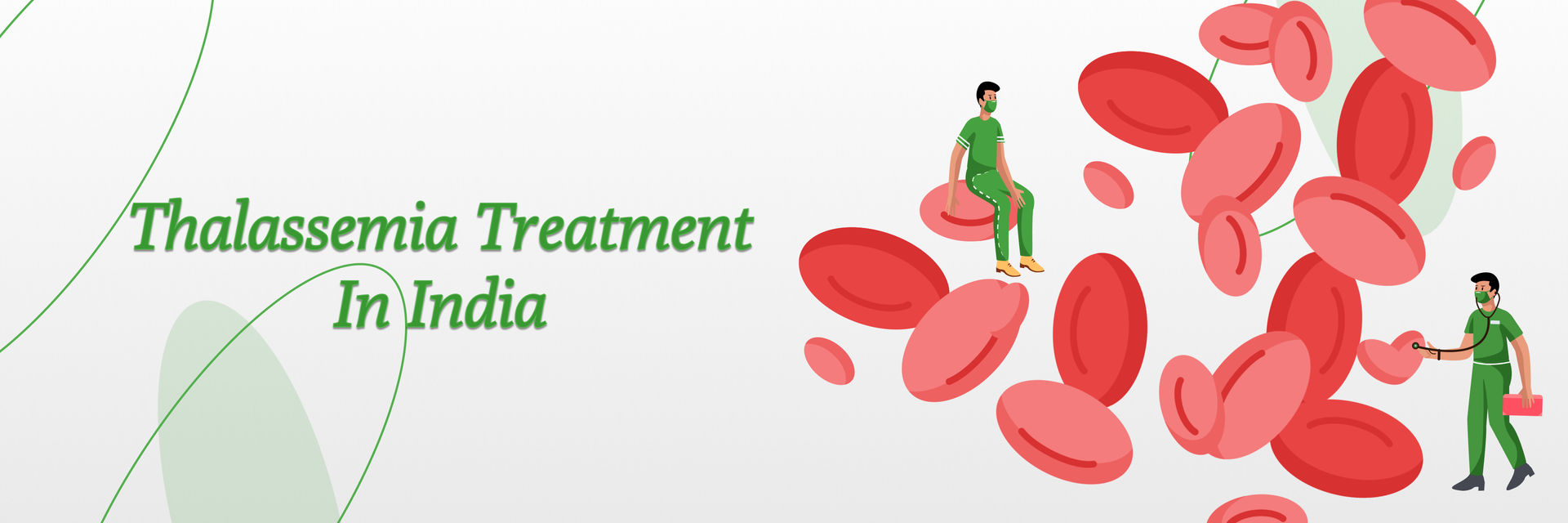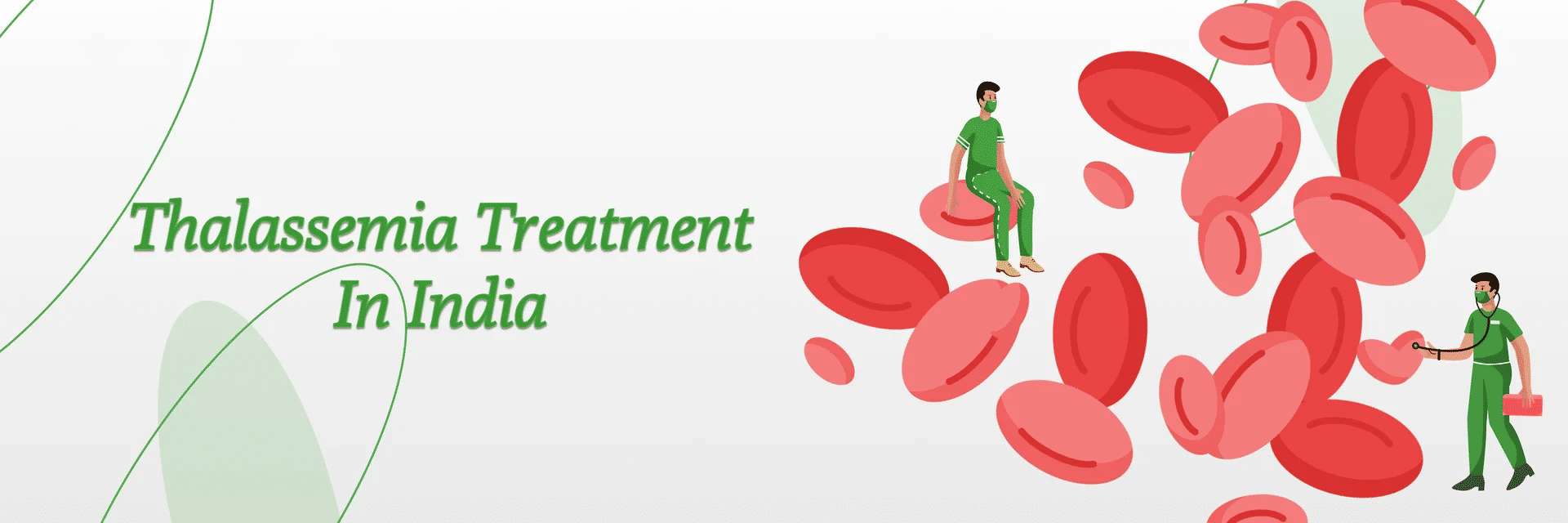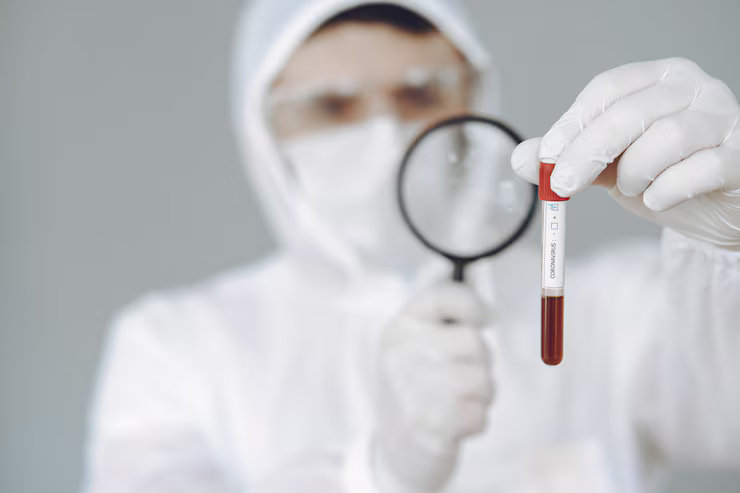Asked for Female | 40 Years
Am I Anemic at 40? Blood Test Analysis.
Patient's Query
I am 40 years old female and here is my blood test report 1. Haematology Report: Haemoglobin (Hb): 9.1 gm/dl (Low) → Indicates anemia (normal range: 12.0 - 15.5 gm/dl). Total WBC Count: 7600 /cmm (Normal) → No signs of infection (normal range: 4000 - 11000 /cmm). Differential Count: All within normal limits. Packed Cell Volume (PCV): 31.3% (Low) → Correlates with anemia (normal range: 40 - 54%). RBC Count: 3.65 million/cmm (Low) → Suggests iron deficiency or chronic disease anemia (normal range: 4.5 - 6.5 mill/cmm). MCV (85.75 fL), MCH (24.9 pg/dl), MCHC (29.1 gm/dl): Slightly low, supporting anemia diagnosis. Platelet Count: 468 × 10³/μl (High) → Could be a reactive response to anemia (normal range: 150 - 450 × 10³/μl). 2. Widal Test (Serology Report): S. Typhi O: 1:80 (Borderline Positive) S. Typhi H: 1:80 (Borderline Positive) S. Paratyphi A & B: No agglutination (Negative)
Answered by Dr. Babita Goel
Your hemoglobin and red blood cell levels indicate anemia, which can cause fatigue, weakness, and other symptoms. This might result from iron deficiency or chronic conditions. The elevated platelet count could be a reaction to the anemia. The Widal test shows borderline results for typhoid, suggesting further investigation may be necessary. I recommend consulting your physician for a thorough assessment and potential treatments, including dietary changes and supplements, to address the anemia. They will guide you in developing a comprehensive plan for your health.

General Physician
Questions & Answers on "Hematology" (271)
Related Blogs

Hepatitis A and its treatment in India
Learn about hepatitis A and its treatment options in India. Explore medical facilities, expert hepatologists, and preventive measures for effective management and recovery.

Thalassemia Treatment in India: A Comprehensive Guide
Discover comprehensive Thalassemia treatment in India. Explore advanced therapies & expert care for better health outcomes.

Thalassemia Treatment in India
Explore advanced Thalassemia treatment in India with cutting-edge therapies and expert care for improved health and well-being.

The Overlap Between STD Testing and Bloodborne Pathogen Screening: Why Both Matter
STD testing and bloodborne pathogen screening often overlap. Learn how combined testing detects silent infections like HIV, HBV, and HCV for early, effective care.
Cost Of Related Treatments In Country
Top Different Category Hospitals In Country
Heart Hospitals in India
Prostate Cancer Treatment Hospitals in India
Kidney Transplant Hospitals in India
Cosmetic And Plastic Surgery Hospitals in India
Dermatology Hospitals in India
Endocrinology Hospitals in India
Gastroenterology Hospitals in India
Gynaecology Hospitals in India
Hematology Hospitals in India
Hepatology Hospitals in India
Top Doctors In Country By Specialty
Top Hematology Hospitals in Other Cities
Hematology Hospitals in Chandigarh
Hematology Hospitals in Delhi
Hematology Hospitals in Ahmedabad
Hematology Hospitals in Mysuru
Hematology Hospitals in Bhopal
Hematology Hospitals in Mumbai
Hematology Hospitals in Pune
Hematology Hospitals in Jaipur
Hematology Hospitals in Chennai
Hematology Hospitals in Hyderabad
Hematology Hospitals in Ghaziabad
Hematology Hospitals in Kanpur
Hematology Hospitals in Lucknow
Hematology Hospitals in Kolkata
- Home >
- Questions >
- I am 40 years old female and here is my blood test report 1...